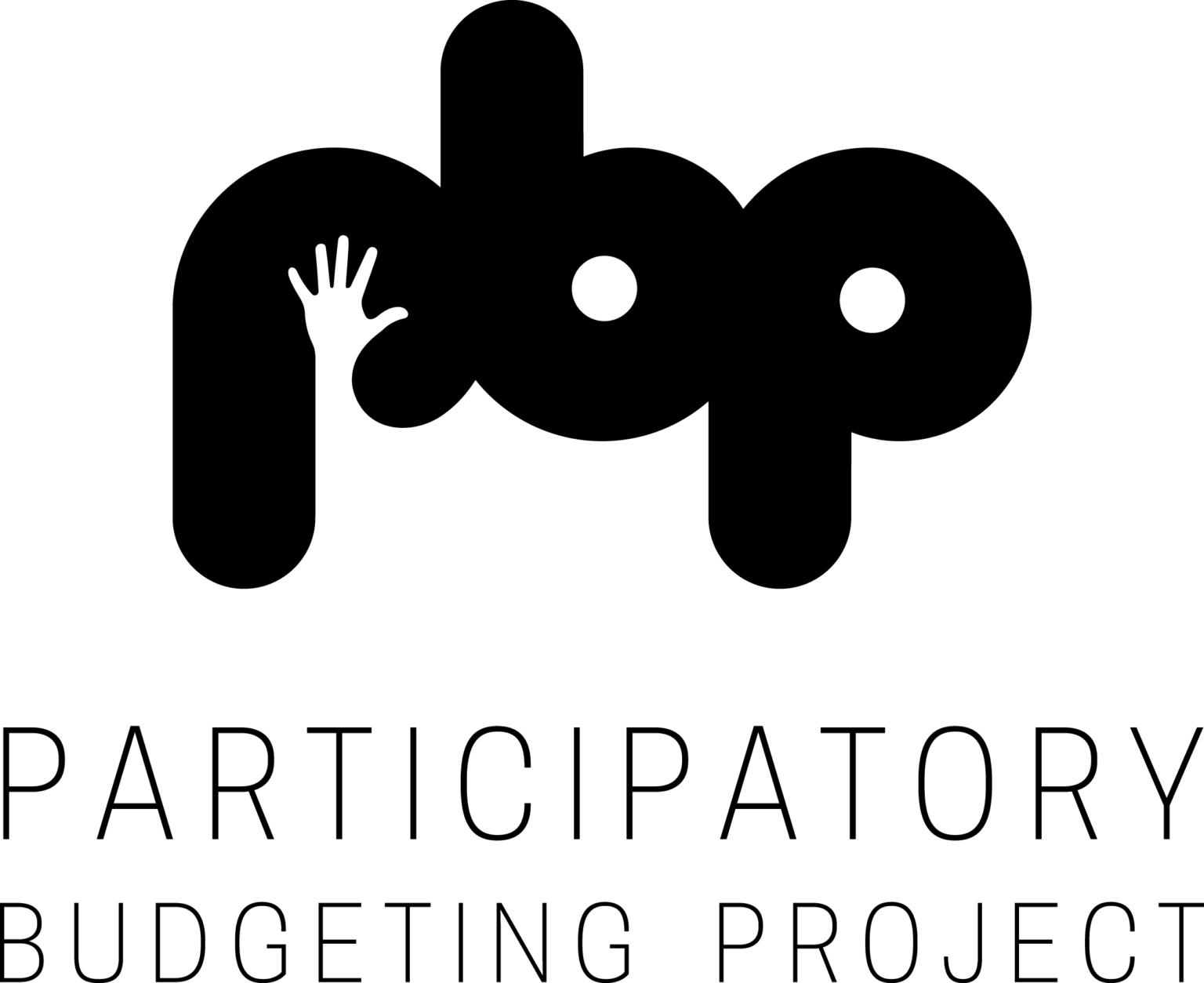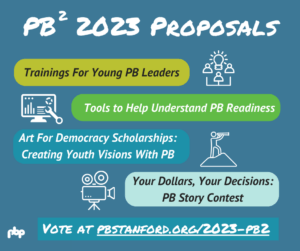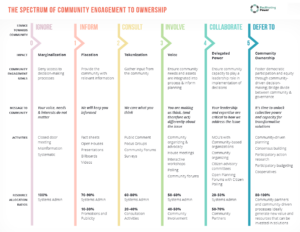From March 28 – April 1, 2007 the city of Málaga, Spain hosted an
international conference on participatory budgeting. I’m posting the conference
program and most of the powerpoint presentations below, as well as some of the
most interesting bits of information. This is all based on my understanding
of the speakers’ presentations of course, but it’s accurate to the best of my
knowledge.
Spain
– Most of the PBs in Spain, or at least those at the conference, have a
strong emphasis on “autorreglamento” – a process in which the set of rules of
the PB are written by the participants themselves. Often the first step in
initiating a PB is an extended process of autorreglamento, in which city
residents plan the initial rules and structure of the PB.
– Many Spanish municipalities with PB are now trying to find ways to
coordinate annual PB processes with medium and long-term strategic planning.
– In Sevilla,
the largest European city with a PB, the budget assemblies are generally
organized autonomously by “grupos motores” (motor groups): local residents that
are particularly enthusiastic about the process. During the election of budget
delegates in assemblies, each person votes for 2 women and 2 men, to promote
gender equity.
– In the small Spanish town of Las Cabezas de San Juan, organizers used some
very creative and provocative imagery to inspire people to participate in the PB. The process was
called “El Reparto” (no good translation, but roughly “the divvying up”), and
posters portrayed different animals partitioned to be carved up:
As Javier
Encinas, one of the organizers, explained, this imagery aimed to bring the PB
to the level and language of everyday life, to better provoke people and get
them to associate with the process.
– In Palomares del Rio, another small Spanish town, these same organizers
inspired residents to do a needs assessment and discuss local problems by
making a telenovela
(TV soap opera). The residents picked a different town problem for each
episode, and then filmed the telenovela focusing on this problem, in typical
soap opera style. The telenovela was aired on TV and generated much publicity,
while mobilizing residents to get involved in town planning, and have fun at
the same time!
– Both Sevilla and Córdoba have active youth PBs,
with 4,000 youth participating in Córdoba and 5-6,000 in Sevilla.
Powerpoint
Sevilla (Spanish) (Paula Garvín, Vice-Mayor of Sevilla)
Powerpoint
Córdoba (Spanish) (Inés Fontiveros, Vice-Mayor of Córdoba)
Germany
The Berlin district of Lichtenberg (260,000 inhabitants) launched PB in
2006, after a 5 year process of preparation. The PB decided 30 million of the
500 million Euros total budget. Not surprisingly, the process is rather technical
and rational, and focused on the administrative system since there is little
community self-organization. The district solicits budget proposals through 3
forums: Open Councils (assemblies), the Internet, and a random survey of 10,000
residents. Each proposal then has to find at least 5 people to endorse it
before it can be assessed. It is then assessed by an evaluation workgroup
composed of 12 elected citizens. If it passes the evaluation, it is then sent
to the district parliament for approval. In 2006, 367 projects were evaluated
and 42 of those moved on to the parliament. One challenge is how to bridge the
gap between proposal submission and evaluation, since it was not always clear
how projects were evaluated. (Daniel Tietze, District of Lichtenberg)
Powerpoint
(Spanish)
Powerpoint
(English)
Italy
In Italy, most PBs start with focus groups and surveys to define the rules,
then have an experimental phase, at the end of which the rules are approved.
The PBs are generally driven by leftist parties and emerge as a result of
top-down electoral priorities. Most of the processes are in peripheral edge
cities, outside of larger metropolises. (Michaelangelo Secchi, Cooperativa Mesaverde)
Powerpoint Milano (Italian)
Portugal
Nine municipalities and three city districts are doing PB, with the first
starting in 2002. The processes are mostly in the South of the country and were
initiated by Socialist and Communist parties. (Nelson Días, In Loco
Association)
Powerpoint
(Portuguese)
Senegal
The mayor of the town of Matam (20,000 inhabitants) spoke about its PB, one
of many in the country. To give an indication of the different context, before
2002, the city didn’t know its budget – no one tracked it. The PB
process in Matam involves a constant exchange between the city and neighborhood
committees. The city asks committees to prioritize projects and decide their
costs, then the committees and city employees develop the budget together
through many meetings (co-management). The city council even includes one spot
for a councilor from the town’s international diaspora, who mobilizes resources
from the diaspora that are used for the PB. (Mayor Abdoulayé Drame)
Powerpoint
and Photos (French)
Dominican
Republic
In the Dominican Republic 120 cities have some form of PB, even though the
first process only began in 2003. All three major parties are doing PB and 40%
of the country’s population lives in a city with PB. These processes are just
for capital budgets and just territorial (not thematic). Since 2005 a national
organism (Unidad Nacional de Seguimiento y Asistencia Técnica) has been
promoting and coordinating PB throughout the country, which is one of the main
reasons for the rapid growth. (Frances Jorge, Dominican Federation of
Municipalities)
Powerpoint
(Spanish)
Uruguay
PB is being implemented at the county level in the Departamento de
Paysandú. The county is a mix of rural and urban areas, with 113,000 people, 1
city of 80,000, and 8 other local town boards. The process started in 2005 and
is annual, and it includes a mix of territorial and thematic assemblies (the
mix is different in urban and rural areas, to reflect local contexts). (Helena
Heinzen, Secretary General of Paysandú)
Powerpoint
(Spanish)
Ecuador
The mayor of Cotacachi (42,000 inhabitants) spoke about its PB process,
which is 6 years old and notable for its strong links with other local
participatory processes (in health, education, etc.) (Mayor Luz Marina Vega)
Powerpoint
(Spanish)
Brazil
The city of Fortaleza
(2.4 million inhabitants) uses a multi-year PB planning process called
Participatory Planning of Public Administration. It addresses macro-level and
long-term policies, dealing with infrastructure and services. (Mayor Luizianne
Lins)
Powerpoint
(Portuguese)
Canada
In
Canada
there have been two horizontal extensions of PB (at the municipal level but
outside the municipal budget) and two submunicipal extensions (in neighborhood
or district budgets). In Guelph, PB has been implemented in a coalition of
neighborhood organization, using multiple public and private funding sources.
In Toronto, public housing residents are doing PB through the public housing
authority, Toronto Community Housing. In West Vancouver, PB was used in one
elementary school, allowing students to decide how part of the school budget
was spent. In Montreal, one city district initiated PB in 2006. (Josh Lerner, New School for Social
Research)
Powerpoint
(Spanish)
Powerpoint
(English)





